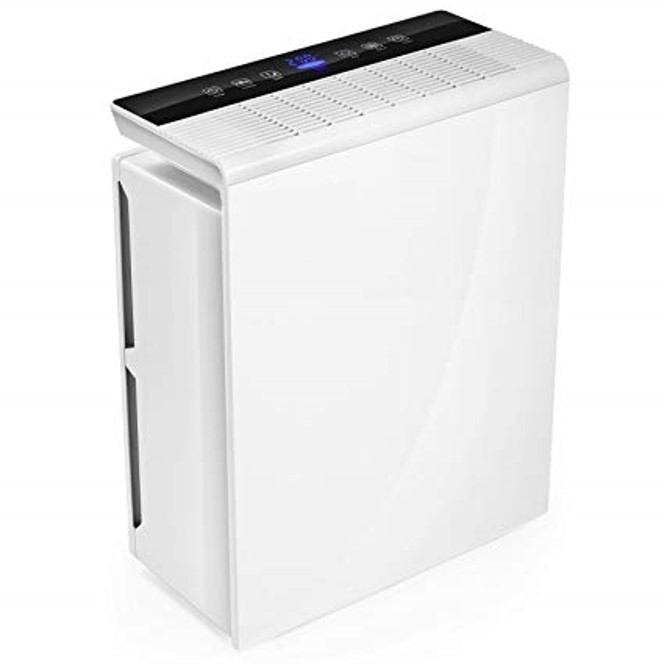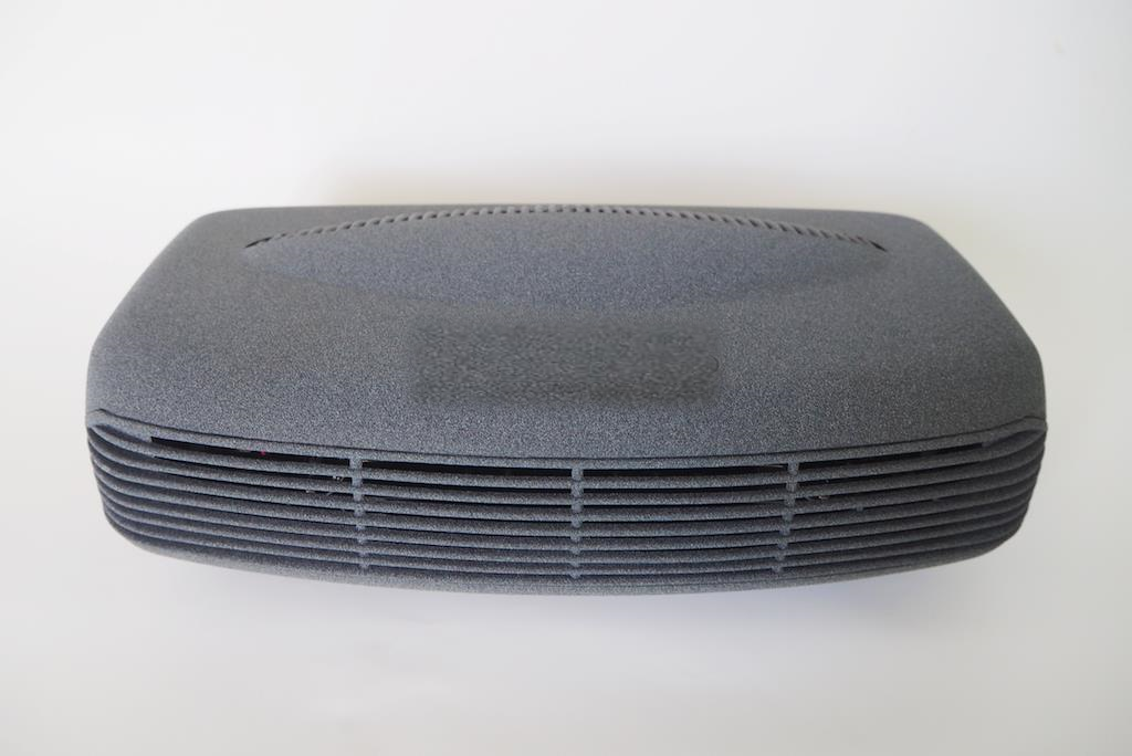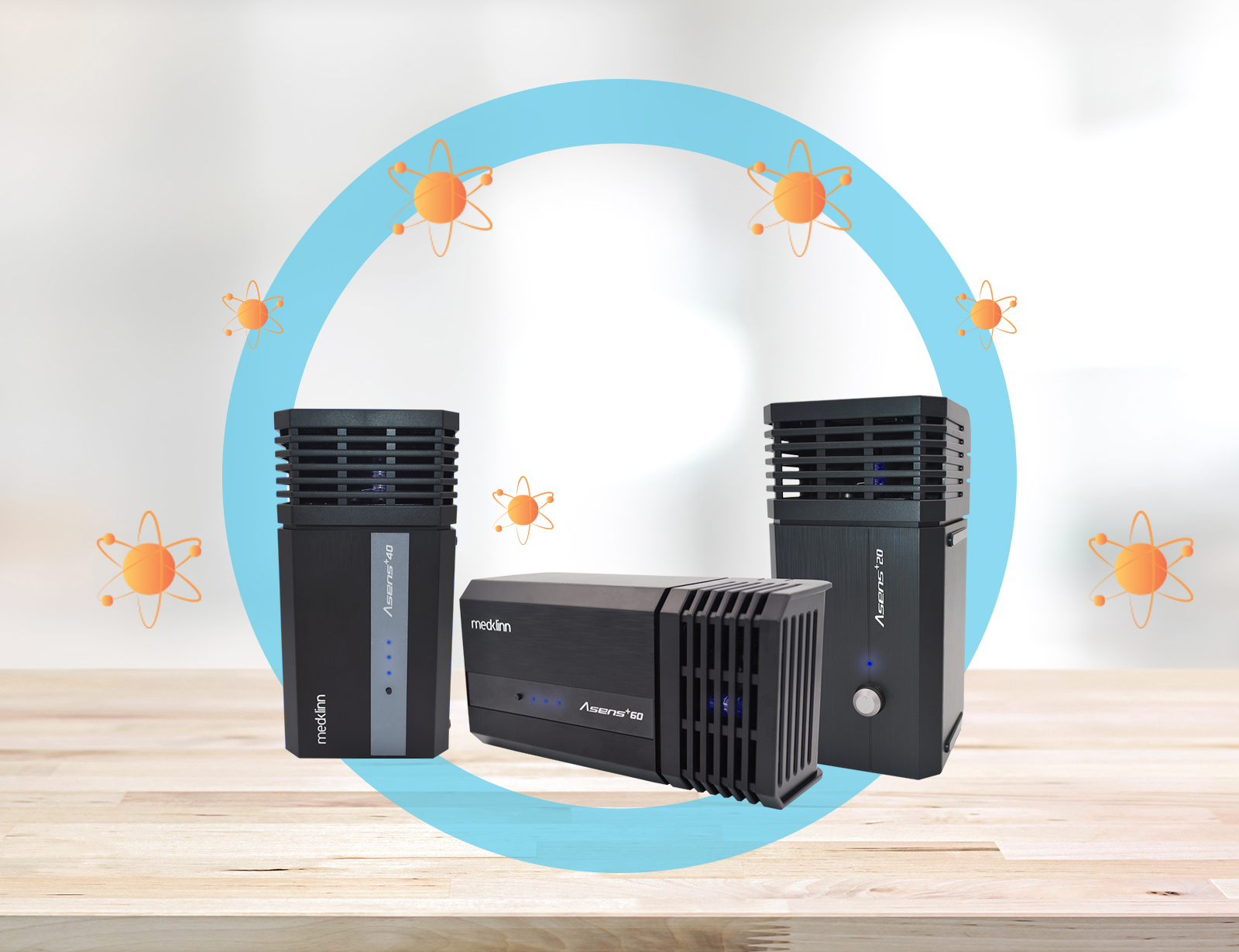PREV POST
Medklinn VS Ionizer

Air Filters
High-efficiency particulate air filters (HEPA filters) tend to be top of mind and are considered the golden standard for their ability to capture the highest range of pollutants in the air. What air filters do is suck contaminated air in like a stationary vacuum cleaner, push the air through a fine mesh type filtration system to trap and remove pollutants, and then blow cleaner air back out into the environment. Air filters can capture pollutants that are larger than 0.3 microns, such as dust, pollen, pet dander, bacteria, spores, moulds, dust mites that are airborne, and cigarette smoke.
Air filters cannot remove pollutants that are smaller than 0.3 microns, such as viruses, smaller bacteria, toxic gasses, smog, haze or Volatile Organic Compounds (VOCs). Also, air filters do not kill, denature or eliminate any contaminants such as moulds or bacteria or various allergens. They cannot address any pollutants that are trapped on surfaces. Some air filters may come with activated carbon filters to combat smell, but even then they are not very good at tackling a large range of smell issues that are rooted in things such as food or cooking, VOCs like glues, paints, toxic fumes, or mouldiness, bacteria and body odour buildup.
Air filters usually command a higher maintenance cost due to the necessity of specialized filters which need to be replaced and cleaned. They tend to have high power consumption and can add to the electricity bill considerably depending on frequency of use. Many air filters also tend to be bulky, taking up quite a bit of interior space.
Air Purifiers
In essence, air purifiers are air filters with the additional ability to produce 
Ionizers

Air Fresheners
Words like “freshens”, “natural scents”, “purifies” give the illusion that
something good is being done to the air, but the reality is that air freshening products do nothing to purify or clean your air and just add fragrance to the environment. They mask bad smells and further pollute the air by releasing very toxic substances. Numerous worldwide studies prove that synthetic chemicals in air fresheners are carcinogenic, many of which are linked to the development of serious disorders and diseases including cancer.
Ozonizers
Ozonizers are used more in businesses (hotel, F&B etc) than for personal use.
This is mainly due to the fact that they are extremely efficient, powerful and effective in killing moulds, bacteria, viruses, allergens, VOCs and eliminating a very wide spectrum of bad odors. Even for industrial use, however, the ozone levels tend to be too high, causing irritated airways and watery eyes, and thus making it difficult to use continuously.
Revitalizers
These products use centrifugal force to draw air into a small filter system, pass
the air through a solution of water, antibacterial concentrates, fragrances and negative ions, and then release cleaner and fragrant air back into the environment. While these may leave air smelling “fresher”, the key points to note are: Not enough negative ions are produced to make a difference; they only have enough power to affect air in its near vicinity; artificial fragrances (chemicals) are used to produce “nice” smells.
Air and Surface Sterilizers
An air and surface sterilizer is entirely unique in its ability to eliminate contaminants not only in the air but on surfaces as well. 99.99% of bacteria and viruses, moulds, allergens, toxic fumes, gasses, VOCs, as well as bad smells are eliminated at a molecular level, continuously sterilizing air that is breathed and surfaces that are lived on.

 views
views